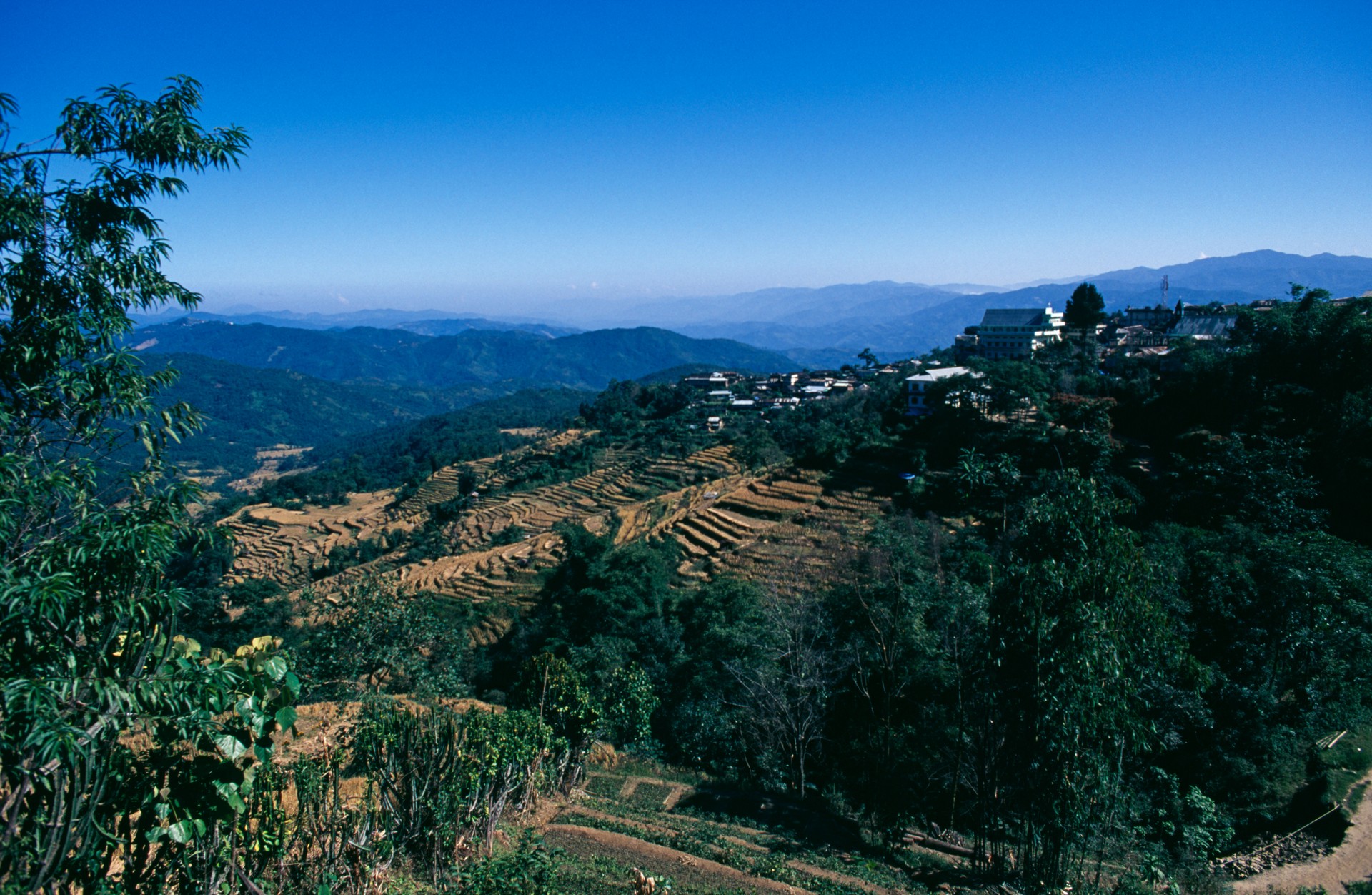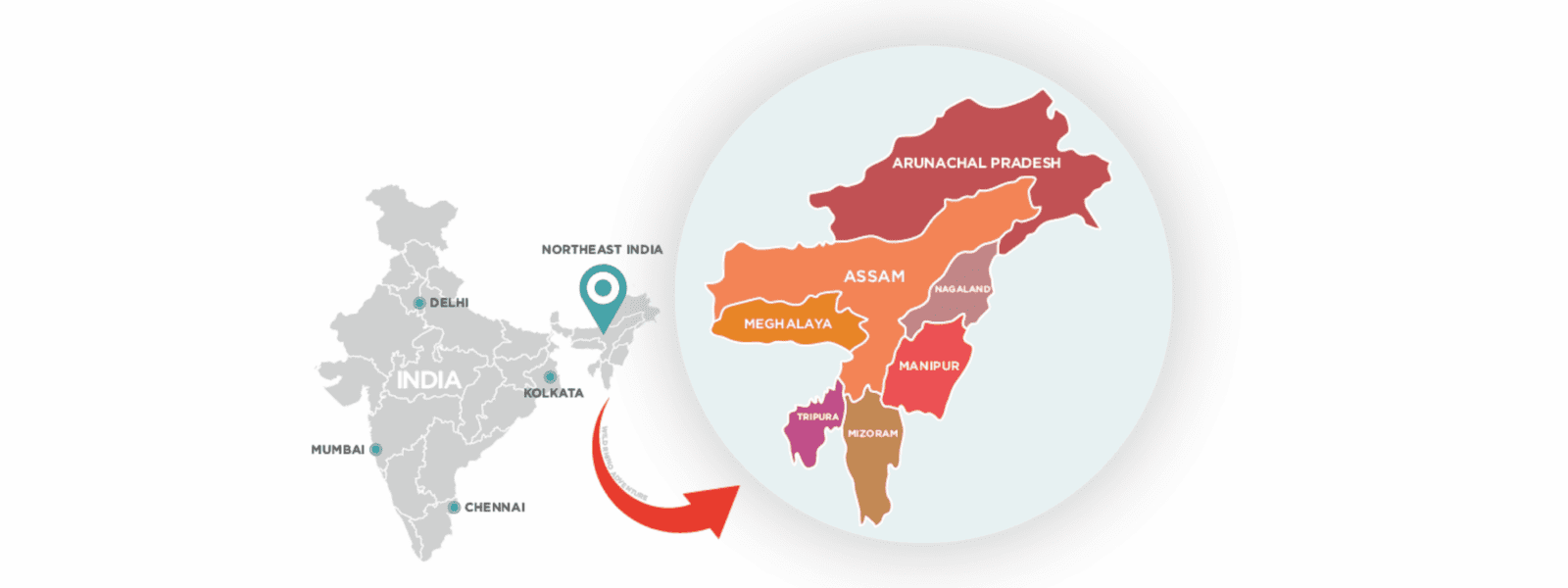Northeast India is a captivating region that often flies under the radar for many travelers. It is located at the northeastern tip of India, bordered by countries like Bhutan, Bangladesh, and Myanmar. This unique geographical position contributes to its rich tapestry of cultures, languages, and traditions that are distinct from the rest of the country.
Exploring this area exposes you to breathtaking landscapes, from lush green hills to serene rivers and vibrant wildlife. The region is home to numerous indigenous tribes, each with its own customs and festivals, making it a culturally enriching experience for anyone willing to venture there.
Whether you are interested in nature, adventure, or simply wish to explore new cultures, Northeast India offers something for everyone. It’s a hidden gem waiting to be discovered by those who seek experience beyond the ordinary.
Key Takeaways
- Northeast India is positioned at the easternmost part of India, sharing borders with international countries.
- The region is a melting pot of cultures and traditions, showcasing diverse lifestyles.
- It offers a variety of travel experiences, from scenic beauty to unique festivals, attracting adventurous travelers.
Geographical Location
Northeast India is a unique region with distinct boundaries and varied topography. Understanding its borders and geographical features enhances your appreciation of this culturally rich area.
Boundaries and Extent
Northeast India comprises eight states: Assam, Arunachal Pradesh, Nagaland, Manipur, Mizoram, Tripura, Meghalaya, and Sikkim.
Borders
- To the north, it is bordered by Bhutan and China (Tibet).
- On the east, you find Myanmar.
- Bangladesh surrounds the southwest, while West Bengal lies on the west.
Northeast India covers an area of approximately 262,000 square kilometers. Its location makes it a gateway to Southeast Asia, contributing significantly to its cultural diversity.

Regional Topography
The topography of Northeast India is diverse, with a mix of hills, valleys, and plains.
Himalayan Range:
In the north, the majestic Himalayas dominate, featuring snow-capped peaks.
Hills and Plateaus:
You’ll encounter various hills, such as the Khasi and Jaintia Hills in Meghalaya, as well as plateaus like the Mikir Hills in Assam.
River Valleys:
Major rivers like the Brahmaputra flow through the region, nurturing fertile valleys.
The combination of mountains, hills, and rivers creates a unique landscape that shapes the climate and biodiversity of the area.
Cultural Significance
Northeast India is rich in cultural diversity, representing a tapestry of traditions, languages, and festivals. This vibrant region is home to numerous ethnic groups, each contributing to its unique cultural landscape. The festivals and traditions here reflect a deep connection to the land and community, enhancing the sense of identity among the people.
Diverse Ethnic Groups
You will find a remarkable variety of ethnic groups in Northeast India. Major tribes include the Assamese, Nagas, Mizos, and Bodos. Each group has its own distinct customs, dress, and social practices.
Some key tribes and their notable features are:
Assamese:
Known for their tea and silk weaving.
Nagas:
Famous for their intricate tattoos and vibrant festivals.
Mizos:
Recognized for their music and dance traditions.
This diversity fosters a rich cultural interplay, making the area a microcosm of India.

Languages and Dialects
Language plays a vital role in the cultural identity of Northeast India. The region is home to over 200 languages and dialects. Major languages include Assamese, Khasi, Manipuri, and Nagamese.
You might encounter fascinating linguistic traits, such as:
Assamese:
An Indo-Aryan language with a rich literary history.
Manipuri:
Distinct for its classical dance form also named Manipuri.
Khasi and Garo:
Spoken by the indigenous tribes with unique phonetic systems.
These languages not only facilitate communication but also preserve the cultural narratives and histories of the people.
Festivals and Traditions
Festivals in Northeast India are vibrant, colorful, and often tied to agricultural cycles. Major celebrations include Bihu in Assam, Hornbill in Nagaland, and Sangai Festival in Manipur.
Key highlights of these festivals include:
Bihu:
Celebrated with music, dance, and feasts, marking the Assamese New Year.
Hornbill:
A gathering featuring tribal arts, crafts, and traditional sports.
Sangai:
Showcases the cultural diversity of Manipur through dance and cuisine.
These events foster community bonding and provide an opportunity for cultural exchange, enriching the region's heritage.

